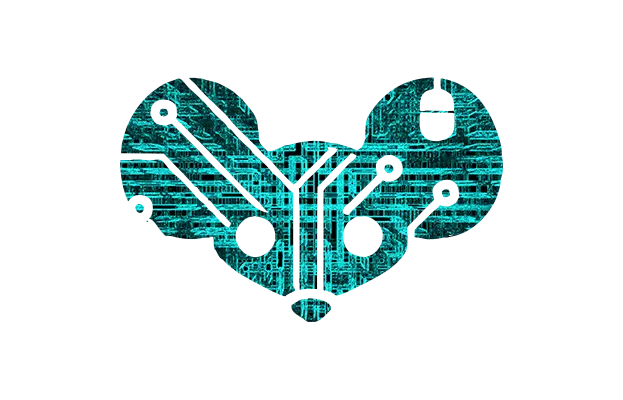

Like this?



Like this?



Motherboard Industry: We have too many customers and we’re going to fix that shortly.


Liches decay usually to skeletal levels.

But it’s a good point.
I asked Cohere (Canadian LLM/AI) what fits best:
The mythical creature that best matches the description of Jesus, who dies and returns to life while retaining his intelligence and physical form, is often associated with the concept of a “Resurrected Divine Being” rather than a specific mythical creature from folklore. However, if we look for parallels in mythology, the closest analogy might be:
The Phoenix is a mythical bird that cyclically regenerates or is reborn. It dies in a burst of flames and then rises again, renewed and youthful, from its ashes. This symbolizes rebirth, immortality, and the triumph over death. While the Phoenix is not a direct theological match, its theme of death and resurrection aligns with the core aspect of Jesus’ story.
Osiris (Egyptian Mythology): Osiris, the god of the afterlife, was murdered by Set, dismembered, and later resurrected by Isis. He becomes the lord of the underworld and a symbol of rebirth and eternal life. This parallels the idea of dying and rising again, though Osiris remains in a divine, otherworldly state.
Attis (Phrygian Mythology): Attis was a vegetation god who dies and is reborn annually, symbolizing the cycle of life and death. His resurrection is tied to the renewal of nature.
Dionysus (Greek Mythology): Dionysus, the god of wine and fertility, was dismembered and then reborn, symbolizing rebirth and transformation. His resurrection is often tied to themes of renewal and divine power.
While none of these mythical creatures perfectly align with the theological specifics of Jesus (who is considered divine in Christianity and whose resurrection is central to Christian doctrine), the Phoenix is the closest in terms of the symbolic theme of death and rebirth. Jesus, however, transcends these mythical parallels as a figure of religious faith, not just a mythological archetype. His resurrection is presented as a unique, divine event rather than a cyclical or mythical phenomenon.


So the solution to AI encroachment is to self-sabotage all communication? A little too scorched earth for me. Reminds of a bad variation of Inception.


The dude: but I really liked that rug. It really held the room together.


You just inspired another wikipedia rabbit hole. See you in a week!


Jesus, who came back from the dead? Like a zombie? Zombie Jesus is lord. I worship a zombie cult? I need to rethink my life.


God helps those who help themselves. (Tee hee)


Your mom and I both think you’re cool.


Trump, his techbro and oiligarch backers etc.
Trump: To defeat jina, we must become jina.
While Air B&B has done irreperable harm to the housing market, I’m not 100% convinced it should be banned. I propose if a house operates as an enterprise, it be taxed according to commercial rates, not residential. It would go a long way to resolving the inequities.


A lot of good people need to make the switch.


I had a lot of fun talking to one about how we could fully electrify a hobby farm without batteries, by using a high voltage DC overhead wire on a cable pulley system. Everything from electrical engineering, to cable selection, sourcing vendors and costs.
Mistakes were made, but it was genuinely helpful at times. I was impressed at how far it has come.


I respect what you are saying, and agree our LLM are just superficial pseudo communication engines. Theories of intelligence differ, but I don’t think human intelligence, i.e. IQ of 100 is really all that far ahead of LLM. Just talk to your average person. We are easily wrong. We have bias and error. We repeat and amplify untruths and make mistakes.
It could be fewer breakthoughs than you think to get there. Not because the tech is so advanced, but because we are not that special.
Super-intelligence is just degrees better.
“I like your Christ very much. I do not like your Christians. Your Christians are so unlike your Christ”


Like all technology, the development times get shorter and shorter. No one can predict the future and specific dates are meaningless, but it is plausible that, stumbles aside, AI achieves superintelligence in the very near future. My gut says sooner than later with 90% probability by 2040. <-remember I said dates are meaningless. ;)
The world is not ready for it. It will be more destructive than constructive. May god have mercy on us all. I hope I am wrong.
The horny Bard strikes again.


While Tesla is now and forever dead to me. I would love an EV without the surveilance, self steering, self braking etc…
I want an EV that only I control, not run by some fascists software updates. Autodrive isn’t something that frees you from the burden of driving, its control over where when and how you go anywhere. Its control marketed as convenience.
Give me the dumbest EV possible. It should also be cheaper to produce.
We can’t even give humans human rights. AI will have to get in line.